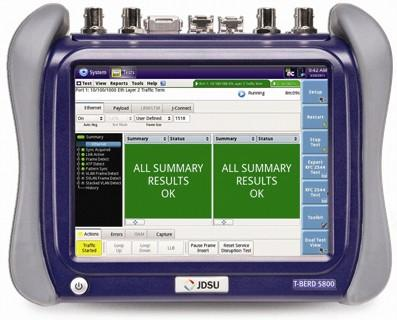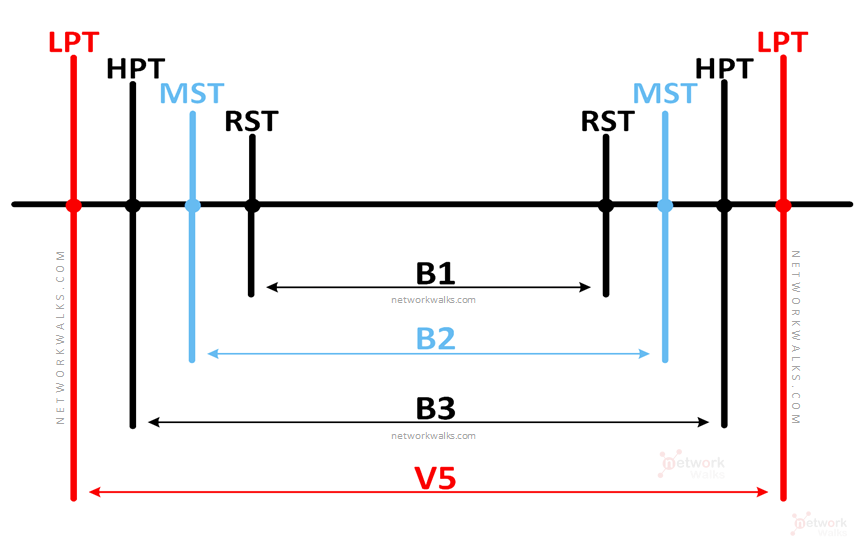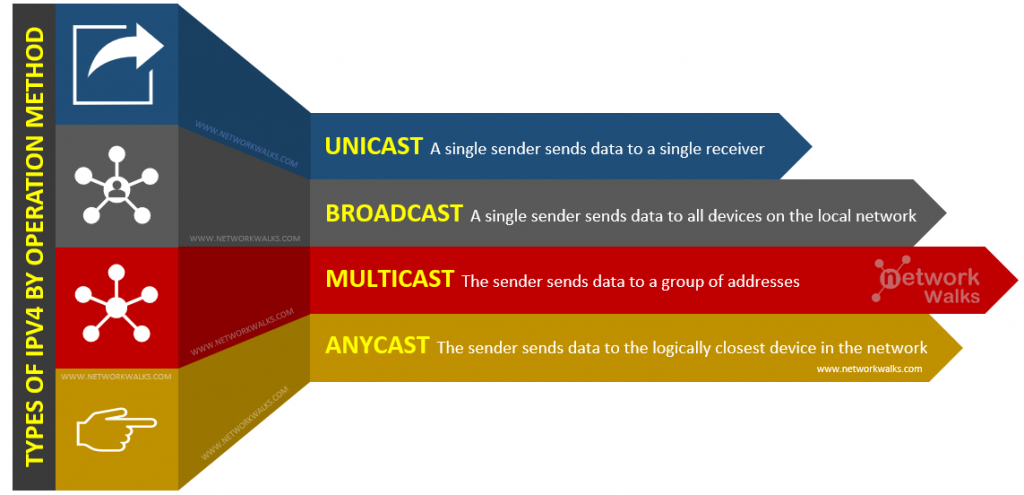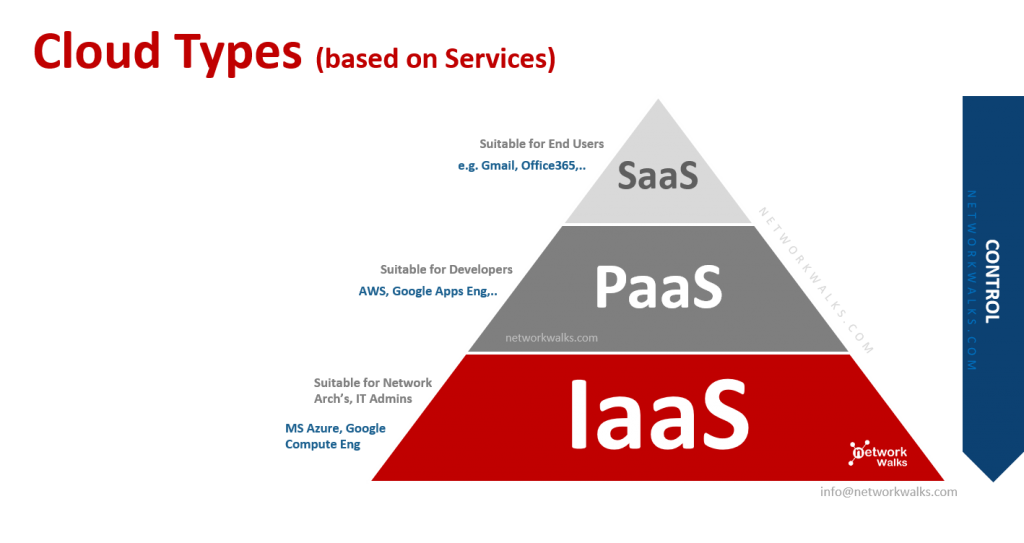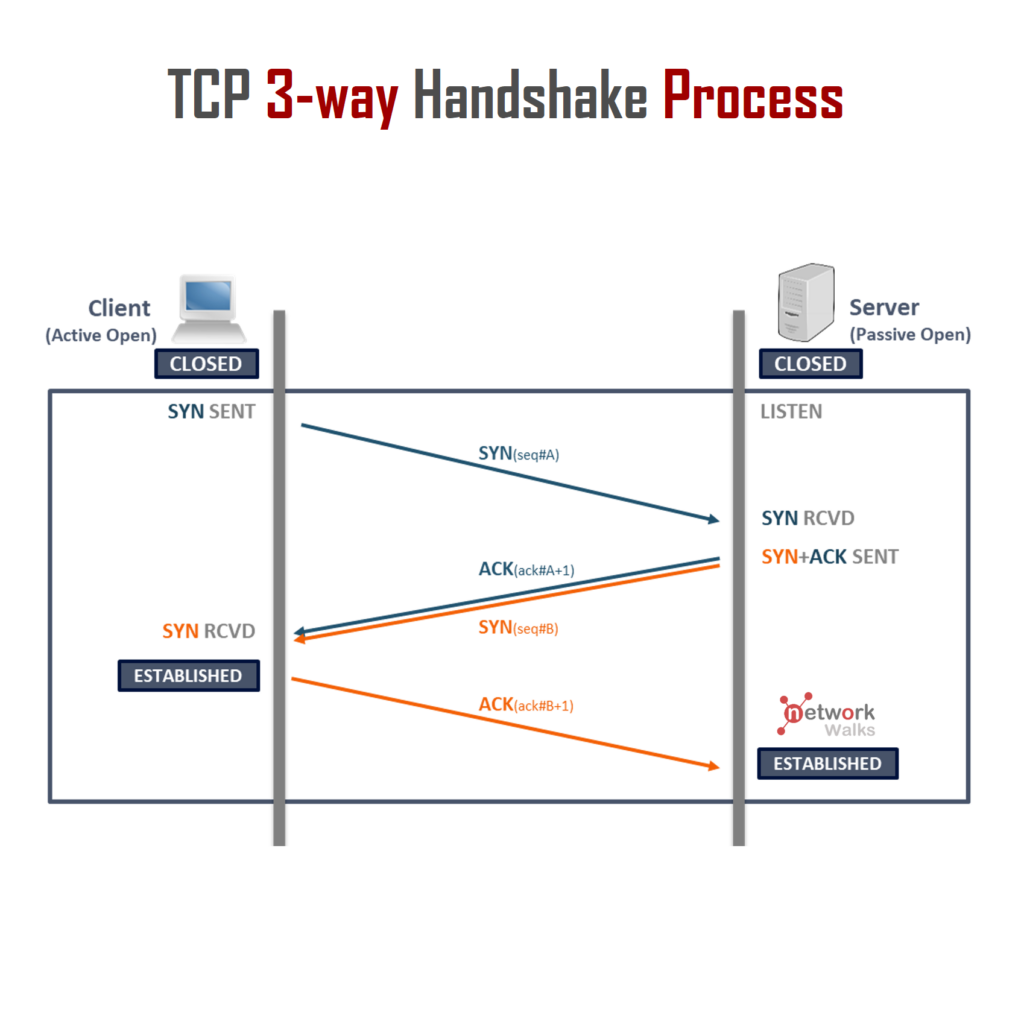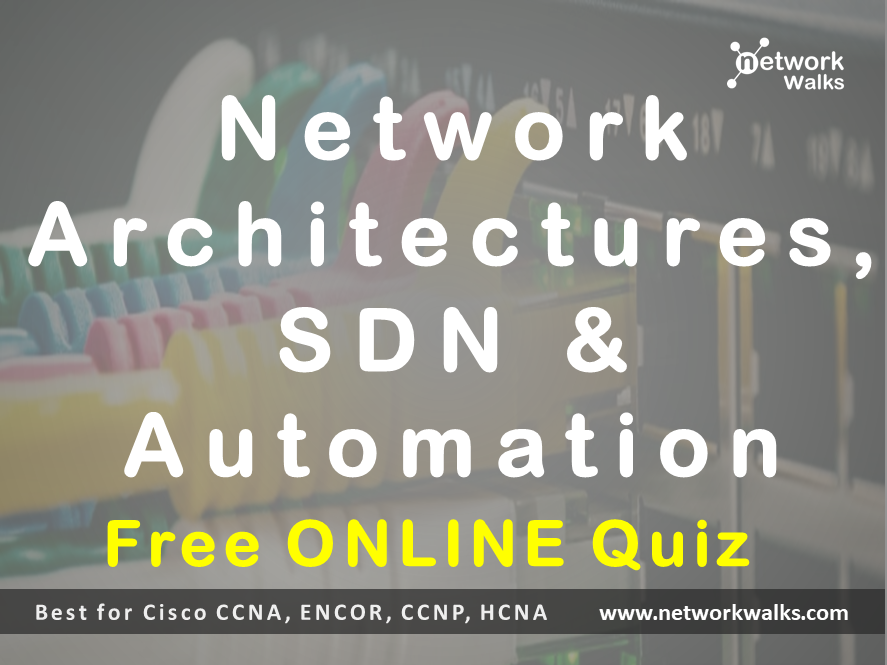
Also check our free Online Quizzes on all IT topics and CCNA, CCNP, CCIE including new Python Automation Programming. Free Online Quizzes (Best for Cisco CCNA, Huawei HCNA, N+) You can also view free study notes (Cheat sheets) on all IT and Cisco CCNA/CCNP/CCIE topics for long term memory: Networkwalks Summary Cheatsheets Follow our Facebook Page & YouTube Channel for more updated Cheatsheets & Quizzes:




